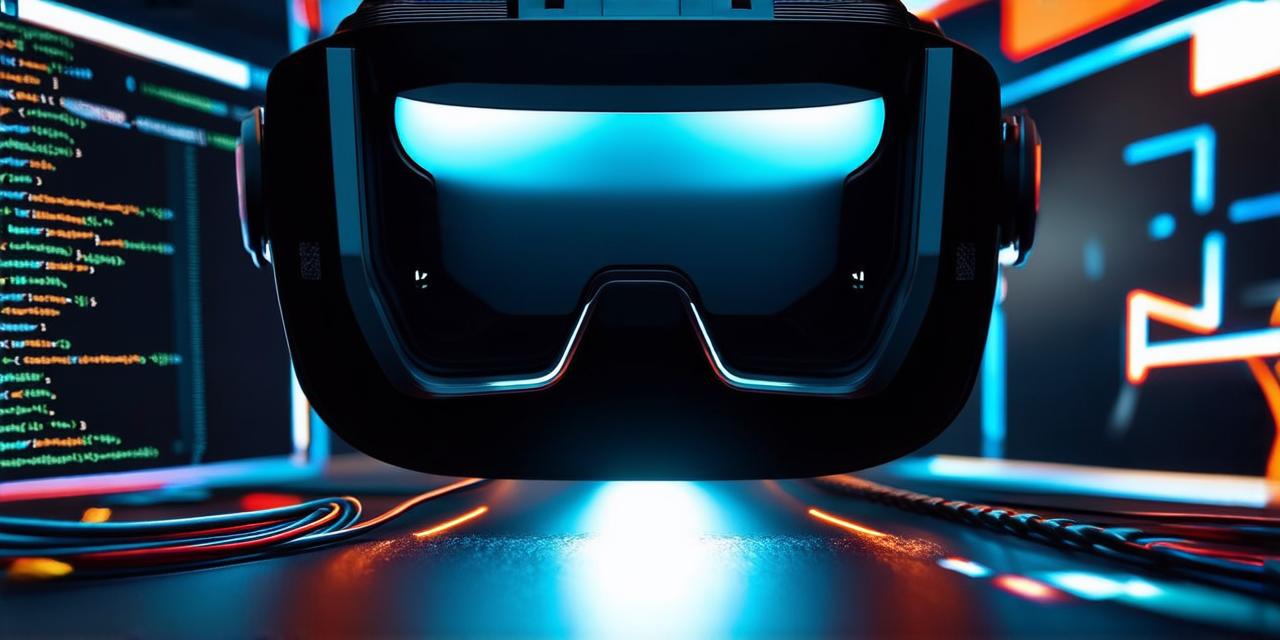<!DOCTYPE html>
Understanding Virtual Reality
Virtual reality is a computer-generated simulation that allows users to experience a 3D environment as if they were actually there. It requires specialized hardware such as headsets, sensors, and controllers, which track the user’s movements and translate them into an immersive digital world. The VR headset displays stereoscopic images, one for each eye, that create a sense of depth and immersion. The sensors and controllers track the user’s head movement and hand gestures, allowing them to interact with virtual objects in the environment.
Unity VR Development Overview
Unity is a cross-platform game engine that can be used to create games, interactive experiences, and simulations for various platforms including PC, mobile, consoles, and VR. With Unity, you can easily create VR experiences using the built-in VR tools or by integrating third-party VR plugins such as Oculus SDK, HTC Vive SDK, and OpenVR SDK. Unity provides a set of powerful tools and features that make it easy to develop VR applications, including a built-in physics engine, scripting support, and a user-friendly interface.
Getting Started with Unity VR Development
To get started with Unity VR development, you need to have the following:
- A computer with at least 4GB RAM and an Intel Core i3 processor or higher
- The latest version of Unity (currently Unity 2019.1)
- An appropriate VR headset such as Oculus Rift, HTC Vive, or PlayStation VR
- A set of sensors or tracking cameras to track the user’s movements in real-time
Unity VR Development Best Practices
Here are some best practices to keep in mind while developing a VR application using Unity:
- Optimize your performance by reducing the draw calls, minimizing the texture sizes, and using efficient shaders. This will ensure that your application runs smoothly and without lag, even on lower-end hardware.
- Use proper lighting and shadows to create realistic visuals and enhance the immersion. You can use Unity’s built-in lighting tools to create complex lighting scenarios, such as ambient light, directional light, and shadow mapping.
- Design your environment with user comfort in mind. VR can cause motion sickness and discomfort if not designed properly. Make sure that your environment is well-lit, has a clear layout, and avoids sudden changes in movement or depth.
- Test your application on multiple platforms and devices to ensure compatibility. Unity supports a wide range of VR headsets and controllers, so it’s important to test your application on as many devices as possible to ensure that it works seamlessly across all platforms.
- Use sound and music to enhance the immersion. Audio can greatly enhance the sense of presence and realism in VR applications. Make sure that you use high-quality audio assets and incorporate them into your scenes in a way that enhances the user experience.
Case Studies in Unity VR Development
There are many successful case studies of Unity VR applications, such as:
- “Beat Saber” is a popular rhythm game that was developed using Unity. It has become one of the most successful VR games and has been downloaded millions of times.
- “Job Simulator” is another successful Unity VR application that simulates various jobs, such as being a chef or a surgeon. It has received critical acclaim for its realistic gameplay and immersive experience.
- “The Room VR: A Dark Mystery” is an interactive mystery game that was developed using Unity. It has been praised for its engaging storyline and immersive atmosphere.
Conclusion
Unity is a powerful tool for creating VR applications that can run on multiple platforms. With the right hardware and software, you can easily create immersive and engaging experiences that transport users into a digital world. By following best practices and using case studies as inspiration, you can create successful VR applications that showcase the full potential of this exciting technology.
